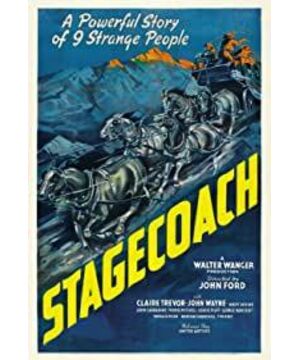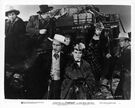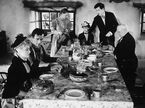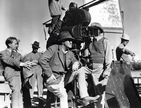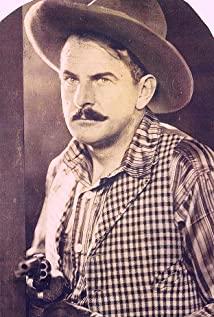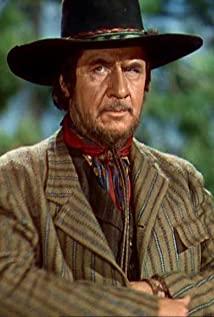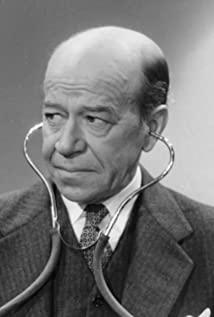Although there are not many shots of Indians directly appearing in the film, the tension and horror they bring throughout the film. The film uses various methods such as lens language, music, and service to deface and symbolize the image of Indian An people. "Stagecoach" represents the themes of mainstream Westerns and attitudes towards Indians. In the conflict between the inside and outside of the film, Ford, as the master of the epic vision, creates a strong dramatic tension. From the beginning of this film, Ford's films were more or less shot in the Valley of Tablets, which he thought was "the most complete, beautiful, and peaceful land." The magnificence became the mark of his work. "Stagecoach" officially promoted Westerns from a B-rated film to the mainstream level, just like Chinese martial arts films and Japanese samurai films, opening an independent chapter of brilliance.
Through a series of moral collisions, the film focuses on the human relationship in crisis. The classic Western Stele Valley landscape and the wonderful scenes of Indians besieging the carriages have become the signatures of Western films. Excellent photography and editing became a role model for later Western films to imitate.
"Stagecoach" is not only the famous work of Hollywood icon John Wayne, but also a new genre in Hollywood. In 1939, in a competition with large-scale Western movies, "Stagecoach" won more than just popcorn by relying on the tough action scenes, but also under the guidance of the great director John Ford, which reflected more of the establishment of a country. The hardships and dreams to go through behind the scenes.
The film's use of the environment and the characterization of the characters are very successful. Opened up a new style of large-scale western production. The film’s location, Milestone Valley, has a mysterious atmosphere, which is effectively reflected in the film through photography, which later became Ford’s favorite location.


